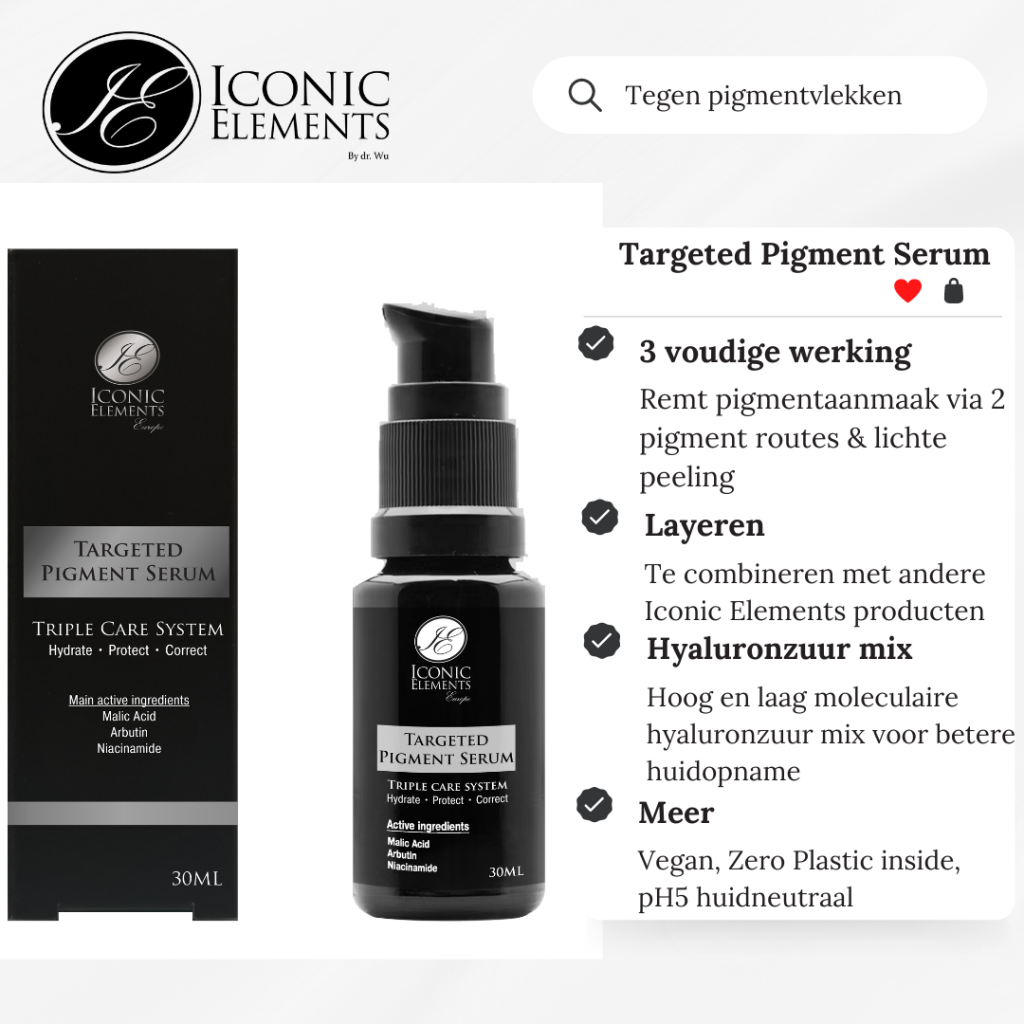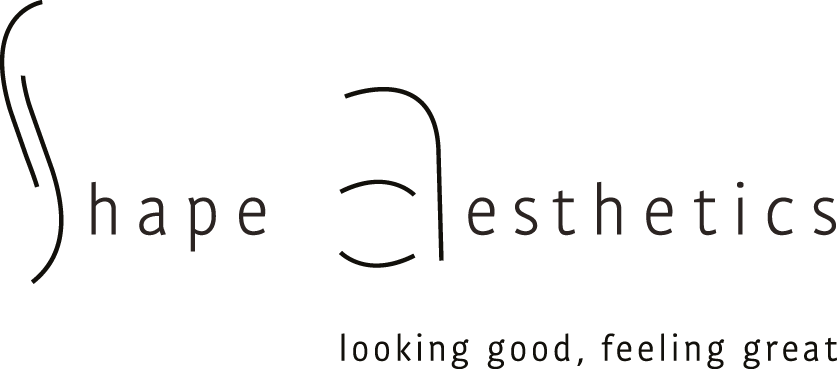How 5 different fruit acids work and which types are most suitable for your skin?
AHA and BHA fruit acids are widely used in skin care as chemical exfoliants. AHA stands for Alpha Hydroxy Acid and BHA stands for Beta Hydroxy Acid. These acids work by gently exfoliating the top layer of the skin, removing dead skin cells and stimulating new, healthy cells to the surface.
AHAs are mainly used for superficial peels and are water soluble. Glycolic acid, lactic acid, and malic acid are some examples of AHAs used in skin care products. These acids are effective in reducing fine lines and wrinkles, improving skin texture and reducing hyperpigmentation.
BHAs, on the other hand, are oil-based acids and are mainly used for pore cleansing. Salicylic acid is a common BHA and is often used for acne-prone skin types. BHAs are effective in reducing acne, blackheads and improving skin texture.
Fruit acids
Glycolic acid
There are different types of fruit acids, including glycolic acid. This is an AHA recommended by many dermatologists and skin specialists for its proven effectiveness in improving skin texture and reducing the signs of aging. Glycolic acid has a smaller molecular size than other AHAs, meaning it can penetrate deeper into the skin and therefore be more potent.
Glycolic acid can help reduce fine lines and wrinkles, improve skin firmness and elasticity, and boost collagen production. In addition to these anti-aging benefits, glycolic acid may also help reduce hyperpigmentation. By exfoliating the top layer of the skin and speeding up cell turnover, the production of melanin can be reduced, which can help reduce dark spots and sun damage on the skin.
Glycolic acid is also an effective remedy for acne. It works by gently exfoliating the top layer of the skin, freeing clogged pores and removing dead skin cells. This can help prevent acne and reduce the severity of existing acne. A glycolic acid peel can also help reduce acne scars and improve the overall texture of the skin. The peel stimulates new skin cells to come to the surface, which can help fade scars and even out skin tone. More about glycolic acid
While glycolic acid can be very effective in improving skin texture, it is important to use it with caution. Glycolic acid can make skin more sensitive to the sun, so it’s important to always wear a sunscreen with a high SPF and avoid sun exposure. It is also important to start gently with a low concentration of glycolic acid and build up gradually to avoid irritation.
Malic acid
Malic acid is an AHA commonly used in skin care products and is extracted from several fruits, including apples, pears, and cherries. Like other AHAs, it has an exfoliating effect on the skin that helps remove dead skin cells and contributes to smoother and brighter skin.
In addition, malic acid is known for its moisturizing properties that can nourish the skin and reduce the appearance of fine lines and wrinkles, making the skin look healthier and younger.
Another important property of malic acid is its ability to reduce hyperpigmentation. This occurs when the skin produces too much melanin, leading to dark spots or discolorations. Malic acid can reduce melanin production, making the skin more even and radiant.

Mandelic Acid
Mandelic acid is an AHA widely used in skin care. Extracted from bitter almonds, it has exfoliating properties that can help reduce fine lines and wrinkles, improve skin texture, and reduce hyperpigmentation.
What makes mandelic acid unique is that it also has anti-inflammatory properties and is therefore suitable for sensitive skin. It can reduce redness and irritation while still being effective at exfoliating the skin.
Mandelic acid can be used for all skin types, but is especially helpful for sensitive and acne-prone skin. However, it is important to remember that the product can potentially be irritating to some people. That is why it is important to test the product on a small area of skin before applying it to the entire face. It is also important to follow the product’s instructions and seek the advice of a dermatologist before using it.
Salicylic acid
Salicylic acid is a beta-hydroxy acid (BHA) naturally extracted from the bark of the willow tree. It is widely used in skin care products for its exfoliating properties. Salicylic acid removes dead skin cells and cleans the pores, leaving the skin looking smoother and healthier.
cSalicylic acid removes dead skin cells and cleans the pores, leaving the skin looking smoother and healthier. During this treatment, a solution containing a specific concentration of salicylic acid is applied to the skin and left for a certain amount of time before being rinsed off. The concentration of the solution may vary depending on the desired results and skin sensitivity.
Salicylic acid peel is commonly used to treat various skin conditions such as acne, pimples and blackheads. It can also be used to improve skin texture and reduce fine lines and wrinkles. Unlike some other chemical peels, salicylic acid is suitable for most skin types, including sensitive skin.
However, it is important to note that salicylic acid peeling is not for everyone. People with an aspirin allergy should use salicylic acid with caution and avoid it if necessary. Even if you are pregnant or breastfeeding, it is not recommended to undergo salicylic acid peeling.
In general, AHAs are suitable for all skin types, while BHAs are suitable for oily and acne-prone skin.
Lactic Acid
Lactic acid is an AHA or alpha hydroxy acid, a mild exfoliating acid obtained from milk and used in skin care products for its many benefits to the skin. One of the most important properties of lactic acid is its moisturizing effect. It can retain moisture in the skin, which is especially beneficial for people with dry skin, as it can reduce dryness lines and flaking.
Lactic acid also has proven anti-aging benefits, as it can help reduce fine lines and wrinkles. It stimulates cell renewal, so that new, healthier skin cells come to the surface. The exfoliating action of lactic acid gently removes the top layer of the skin, making it look more youthful.
In addition, lactic acid can help reduce hyperpigmentation. Due to its exfoliating effect, the acid can reduce pigmentation and even out skin tone, especially with age spots, melasma or other forms of hyperpigmentation.
Which fruit acids are suitable for me?
Fruit acid peels are a type of superficial peel made from natural fruit acids such as glycolic acid, lactic acid and malic acid. These acids remove dead skin cells and stimulate new healthy cells. Fruit acid peels are suitable for all skin types, but some people need to be careful when using them due to the sensitivity of their skin. For dry skin, lactic acid and malic acid are mild and moisturizing. For oily skin, glycolic acid, salicylic acid and lactic acid are suitable to remove excess sebum and dead skin cells.
People with sensitive skin may benefit from a mild fruit acid peel such as a peel based on malic acid. Salicylic acid is a popular choice for those with acne-prone skin because of its unique properties that help reduce acne and improve skin texture. It is important to let the skin get used to the peeling slowly and not to use it too often to avoid irritation. Always consult a dermatologist or skin therapist for the best advice.
